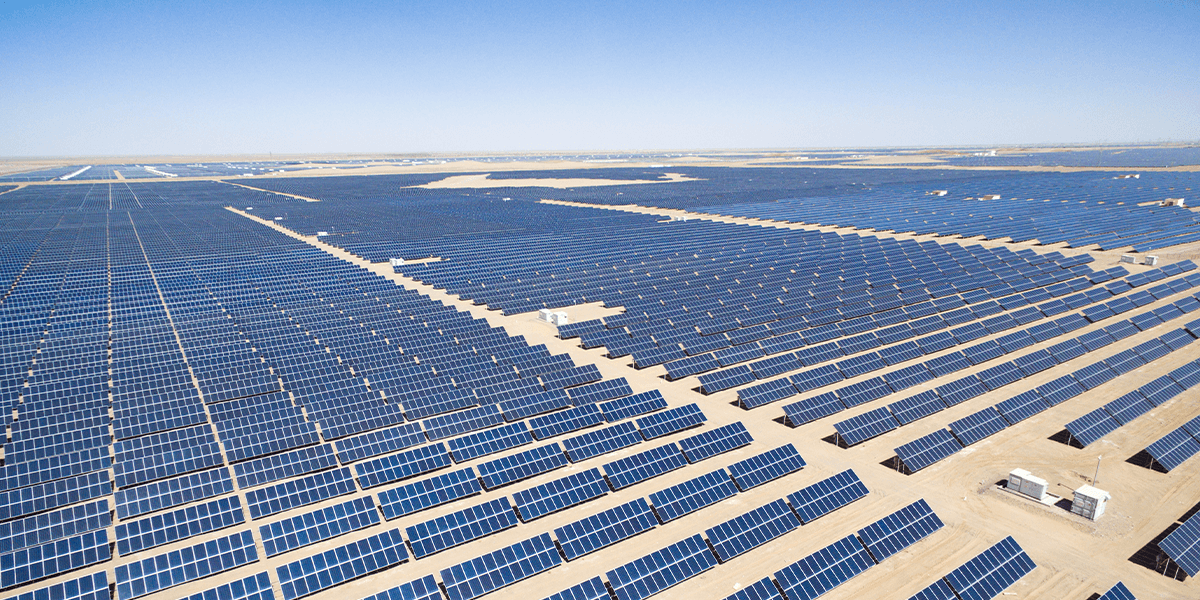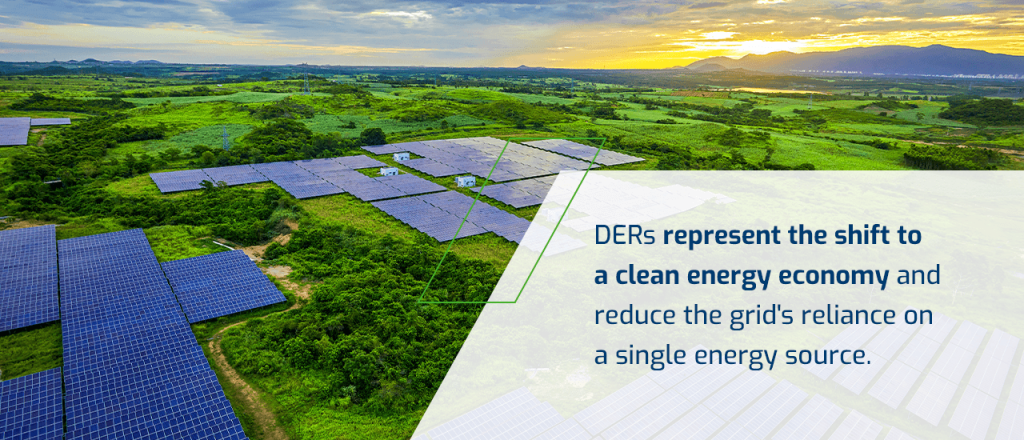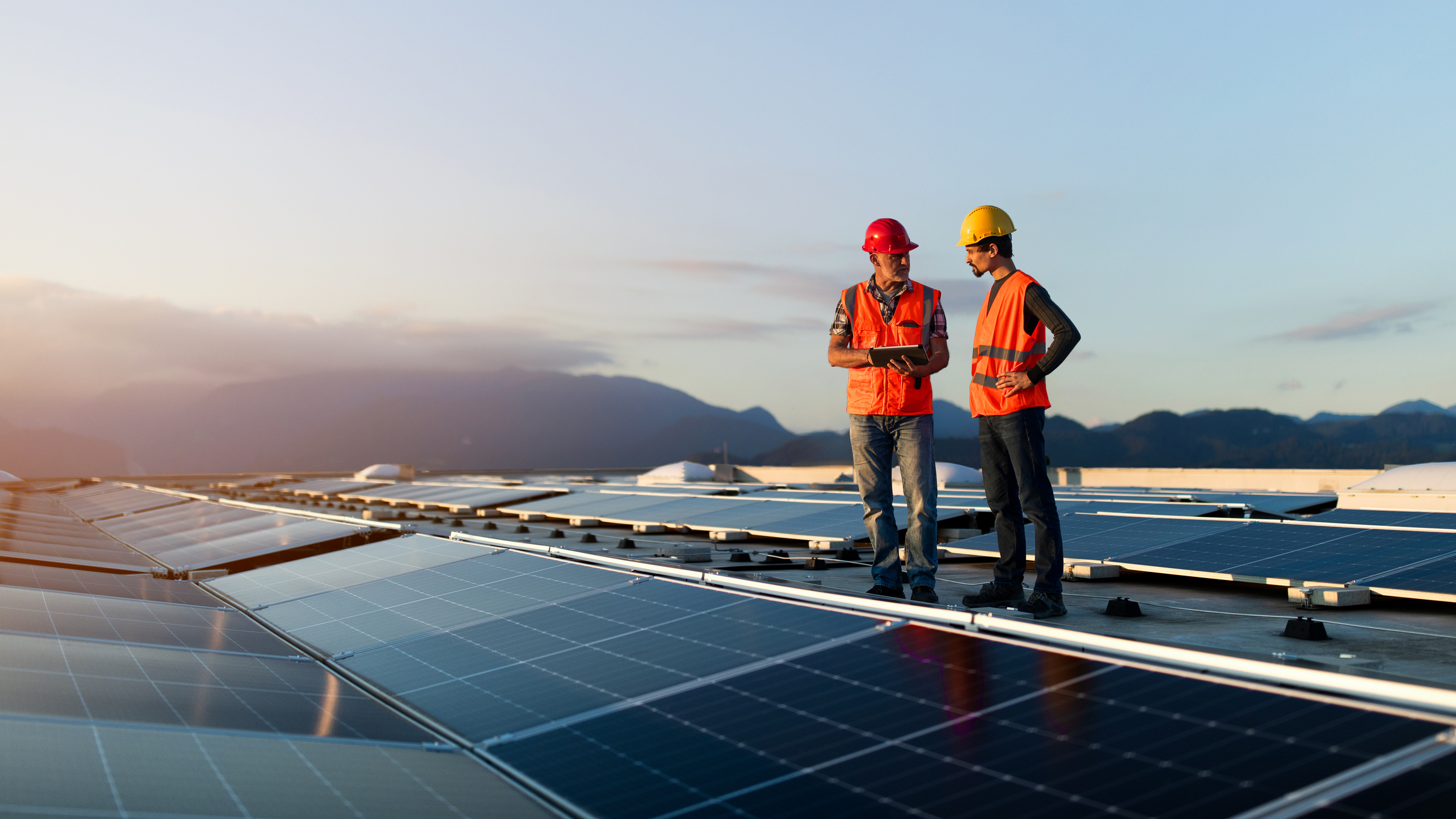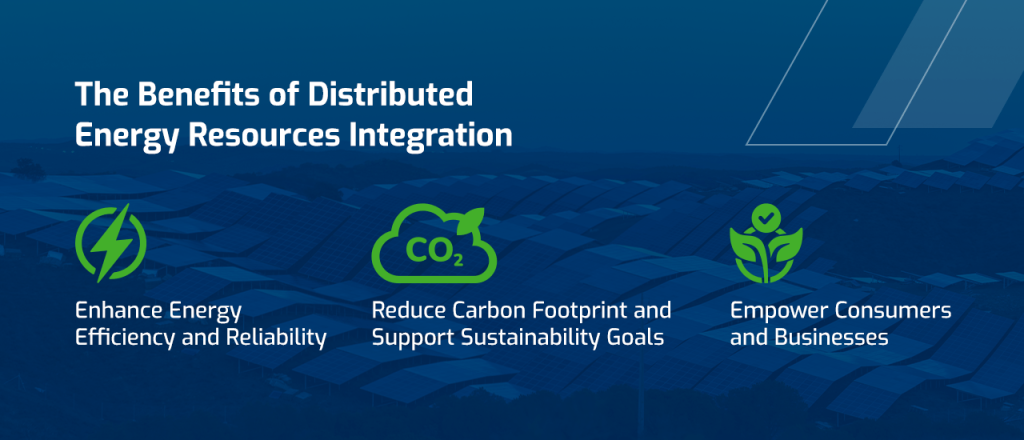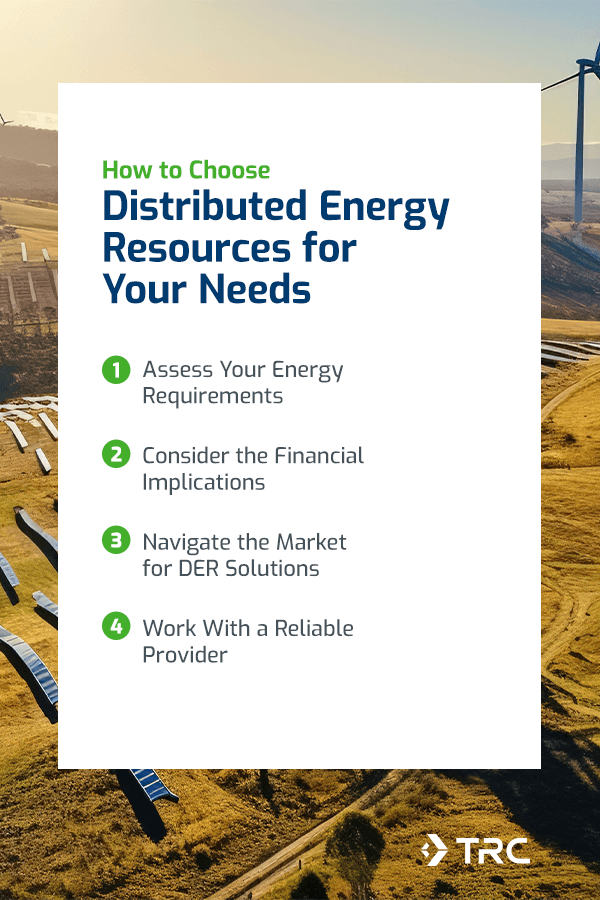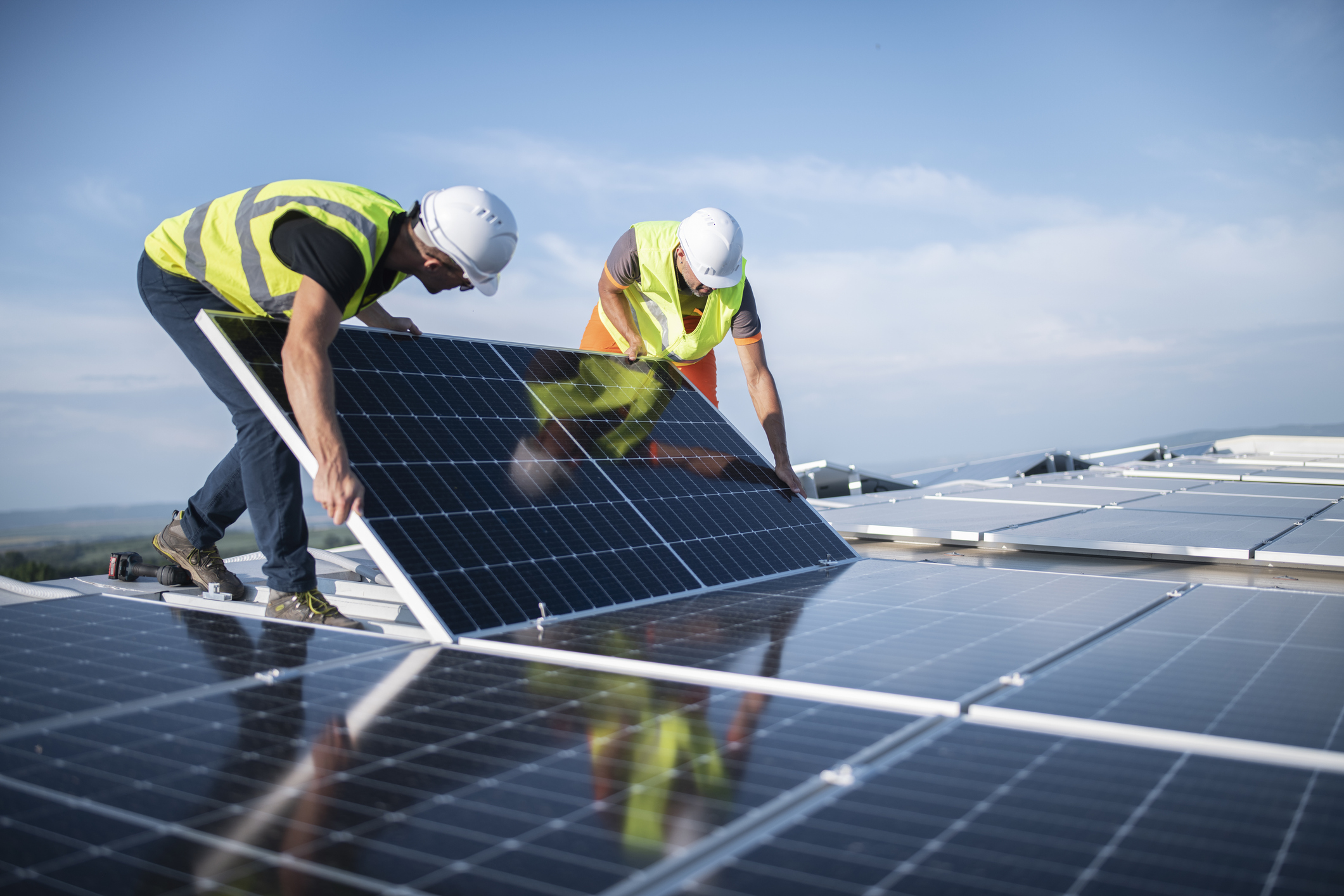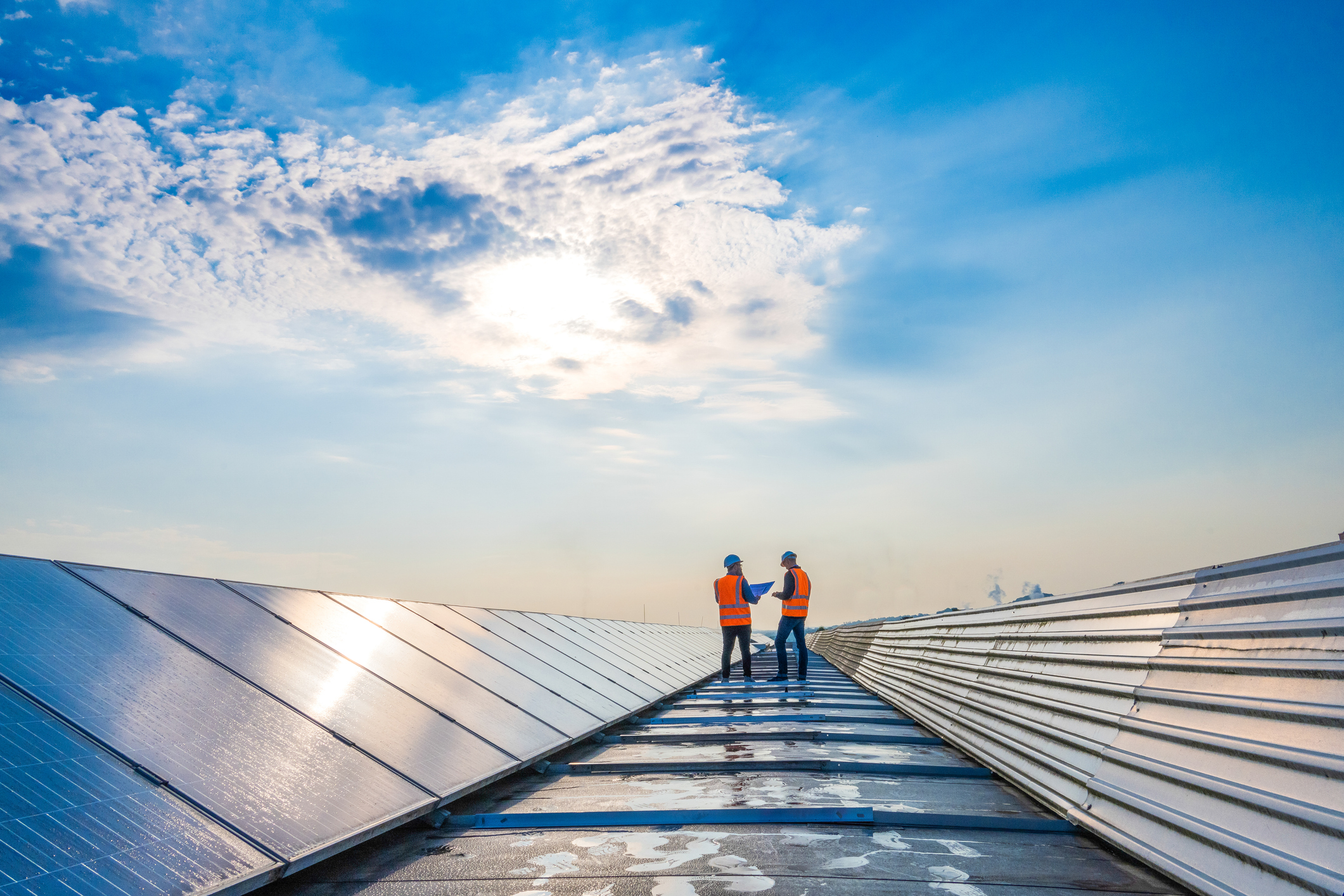Distributed energy resources can reduce overall energy costs, enabling users to decrease their consumption without impacting the quality of their energy services. DERs generating power on-site eliminate the expense of transmission and distribution infrastructure. Employing DERS in high-load areas can defer or remove the need for additional fossil fuel-based substations, reducing costs for every stakeholder in the system.
One of the principal benefits of a DER system is that it allows for multiple energy generation sources, boosting grid reliability and resilience. The next can kick in if one source fails, minimizing power interruptions. DERs can be used to build microgrids, generating and storing their energy and isolating them from the central grid during an outage. These microgrid systems are crucial in the aftermath of significant weather events, providing power to critical infrastructure like hospitals.

